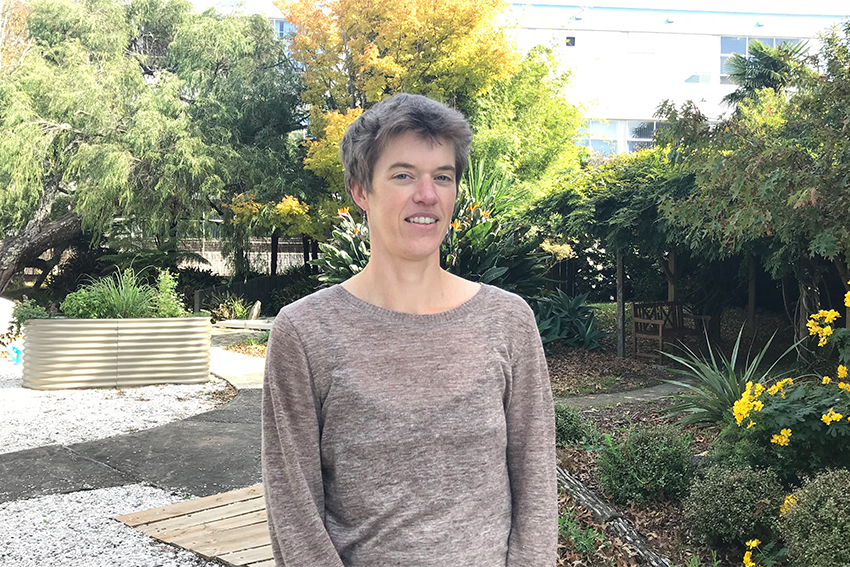Ethnic inequity in chronic pain services

A new study shows that Māori, Asian and Pacific peoples experienced poorer patient outcomes compared to Europeans, and recommends a review of cultural safety.
The findings of the study, Inequity in outcomes from New Zealand chronic pain services, were published last week in the New Zealand Medical Journal.
- At referral (baseline) – Māori, Asian and Pacific peoples had poorer scores for a number of clinical measures compared to Europeans, including pain catastrophising (rumination, magnification and helplessness), and mental health (depression, anxiety and stress). This indicates greater impact of pain and a greater need for healthcare services among non-European groups.
- At the end of treatment (discharge) – Pacific peoples had significantly poorer scores for pain catastrophising (rumination and helplessness) and mental health (depression and anxiety), compared to Europeans. While Māori and Asian people had similar outcomes to Europeans.
- Three to six months after treatment (follow-up) – Māori were worse off on almost all outcomes compared to Europeans. This indicates that Māori respond well during treatment, but gains are not maintained when treatment ends. Pacific peoples had significantly poorer scores for pain catastrophising (helplessness) and mental health (anxiety). And Asian people had lower scores for pain catastrophising (rumination and helplessness) and mental health (anxiety and stress).
The findings showed that the biggest discrepancies by ethnicity were in mental health and pain beliefs, rather than pain and physical function.
The lead author of the study, Associate Professor Gwyn Lewis, is a lecturer in Physiotherapy at the AUT School of Clinical Sciences and member of the AUT Health and Rehabilitation Research Institute.
“Ethnicity has been shown to have a stronger association with the emotional aspects of pain compared to the sensory component,” she says.
“Different cultures have different beliefs and frameworks for experiencing, interpreting and managing pain, some of which may clash with the biopsychosocial framework currently implemented by pain management clinics.”
The burden of higher socioeconomic deprivation among Māori and Pacific peoples, a reluctance to seek treatment for mental health, and the inability to fulfil traditional cultural roles due to pain can all lead to greater psychological distress.
The aim of the study was to evaluate the equity of patient outcomes from chronic pain services in New Zealand, based on ethnicity.
Researchers analysed the clinical outcomes of more than 4000 people who had attended a chronic pain service provider from 2014 to 2019. Relevant datasets were drawn from the Electronic Persistent Pain Outcomes Collaboration (ePPOC) database, which captures ACC-funded patients.
Patients had completed clinical questionnaires on pain, physical function and mental health at three intervals – upon referral (baseline), end of treatment (discharge), and three to six months after treatment (follow-up).
Most participants were European, followed by Māori, Asian, and Pacific peoples.
Lewis says, the cultural safety of chronic pain clinics should be reviewed, both in terms of assessment and management.
“For assessment, we need to determine the validity of current standardised questionnaires for Māori, Pacific and Asian populations in New Zealand,” she says.
“Clinicians should take the time to explore spiritual components and cultural beliefs relating to pain, as well as the impact of pain on whānau health and cultural and social activities.”
Traditional cultural beliefs and practices can be meaningfully incorporated into management when they are concordant with evidence-based pain management principles.
Further emphasis may need to be placed on self-management and long-term strategies to maintain the gains that are obtained during treatment, particularly for Māori patients.
Lewis says, the impact of chronic pain is multidimensional, affecting a person’s physical, mental, spiritual and social wellbeing. And the prevention and management of chronic pain should be a priority for the health system.
The New Zealand Health Survey shows that almost 20 percent of people live with chronic pain, ranging from headaches, back pain and arthritis to neurogenic, postsurgical and post-trauma pain.